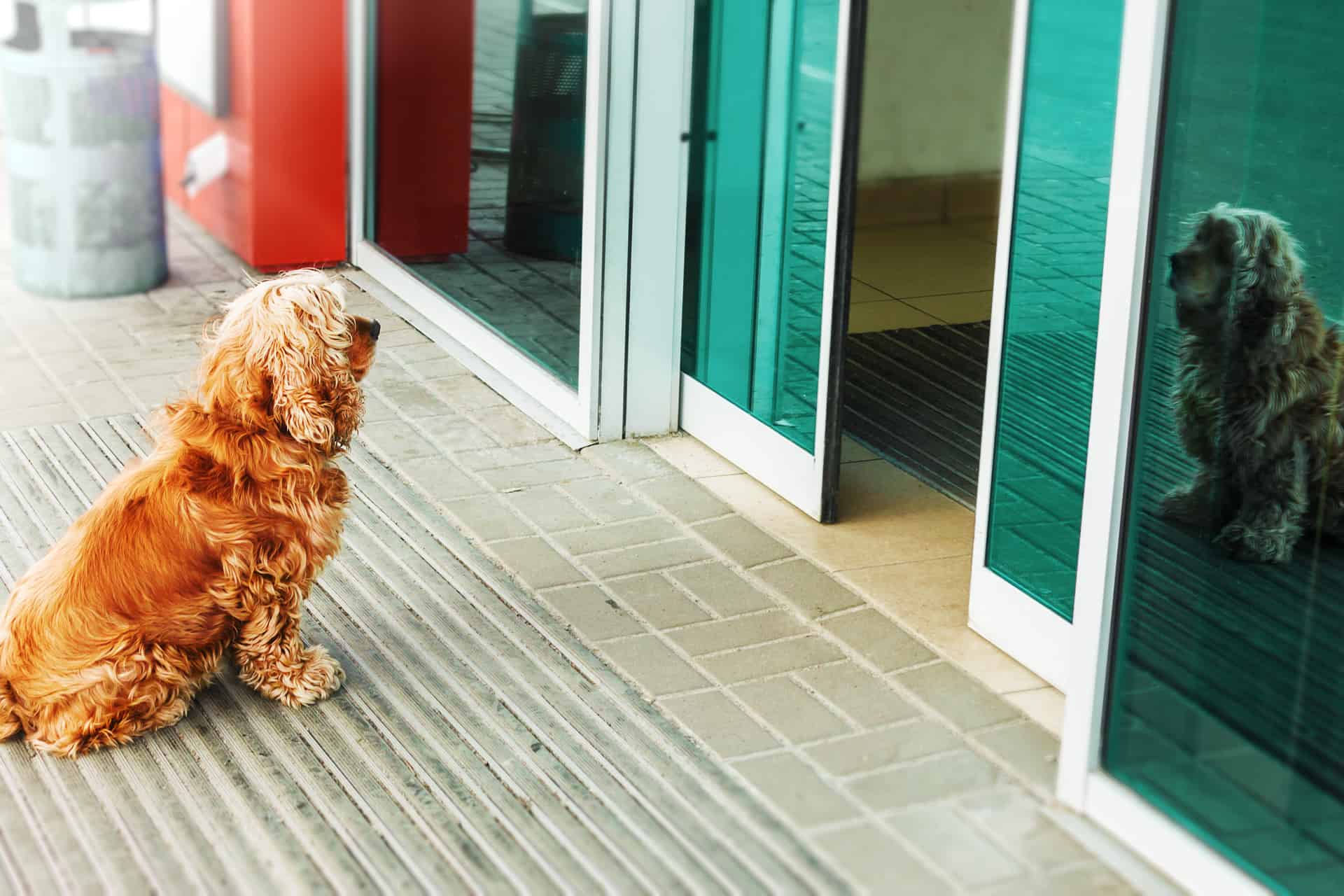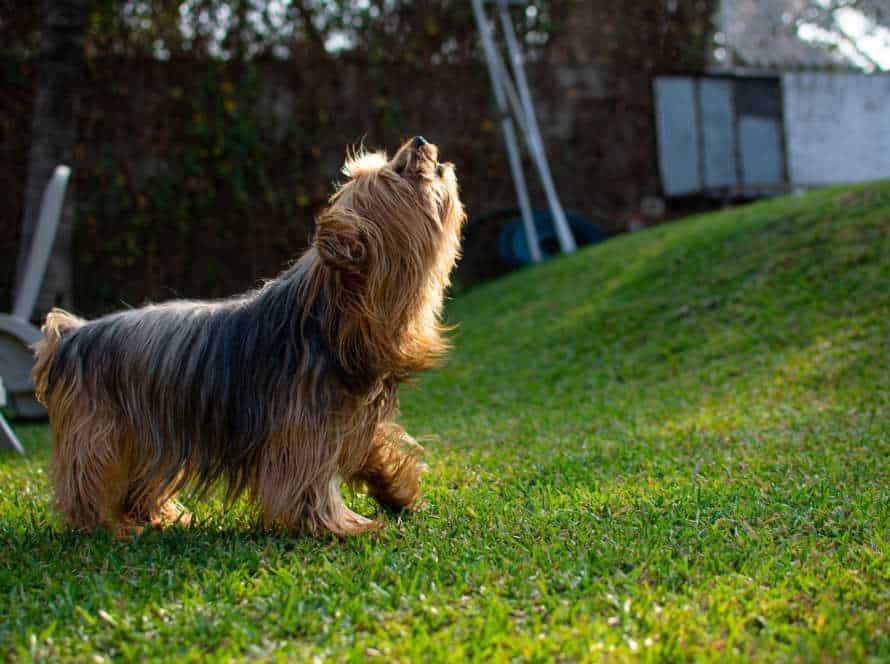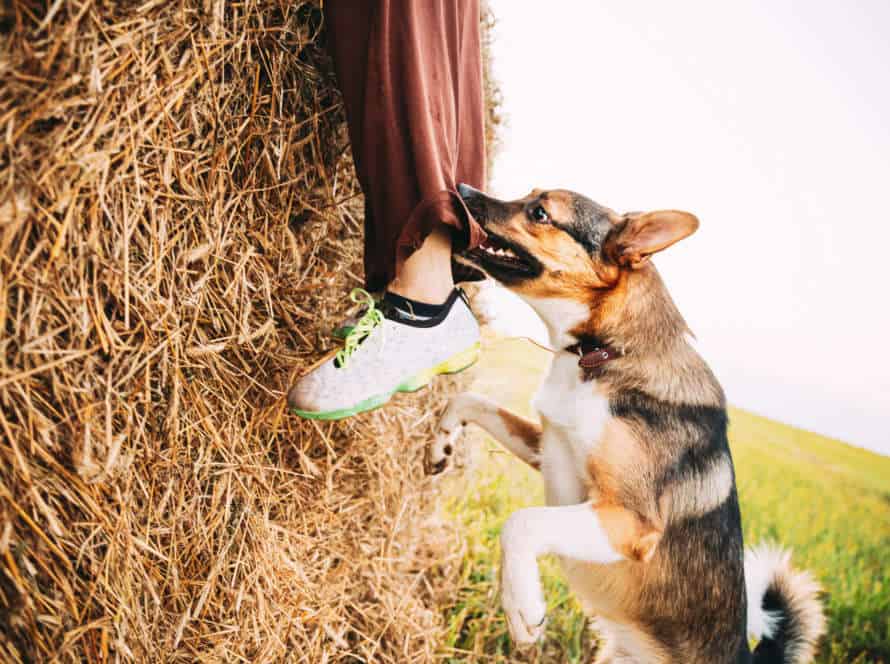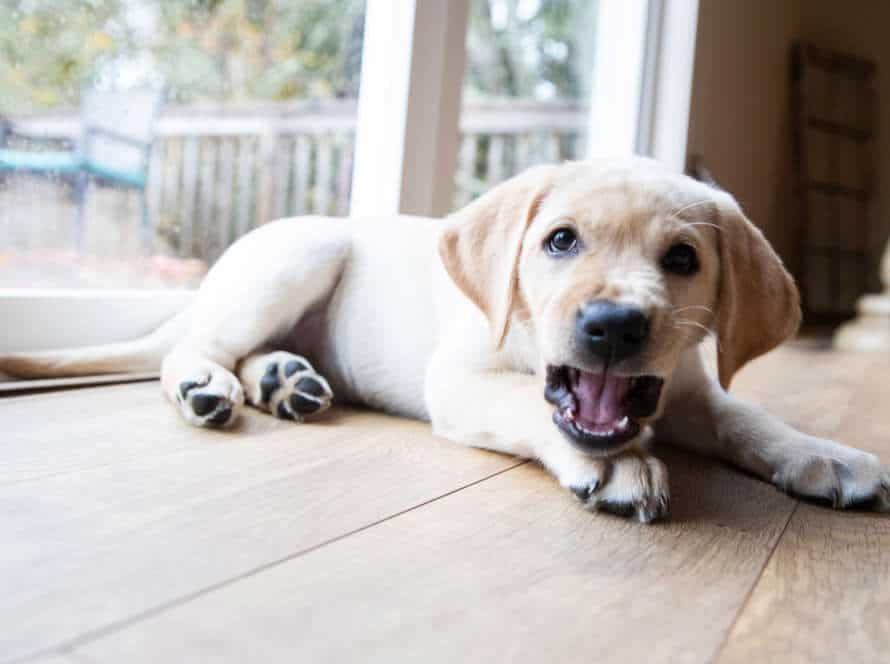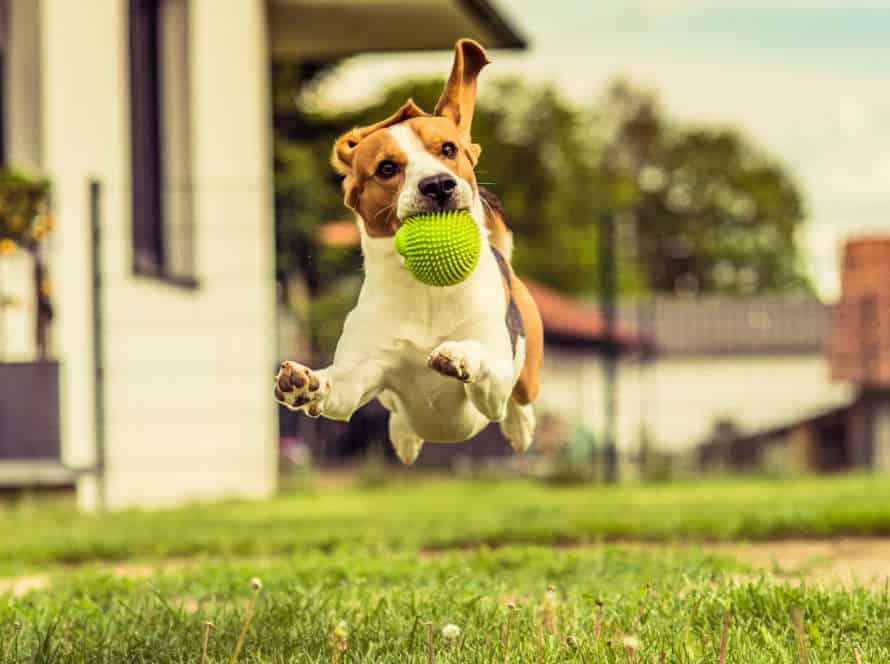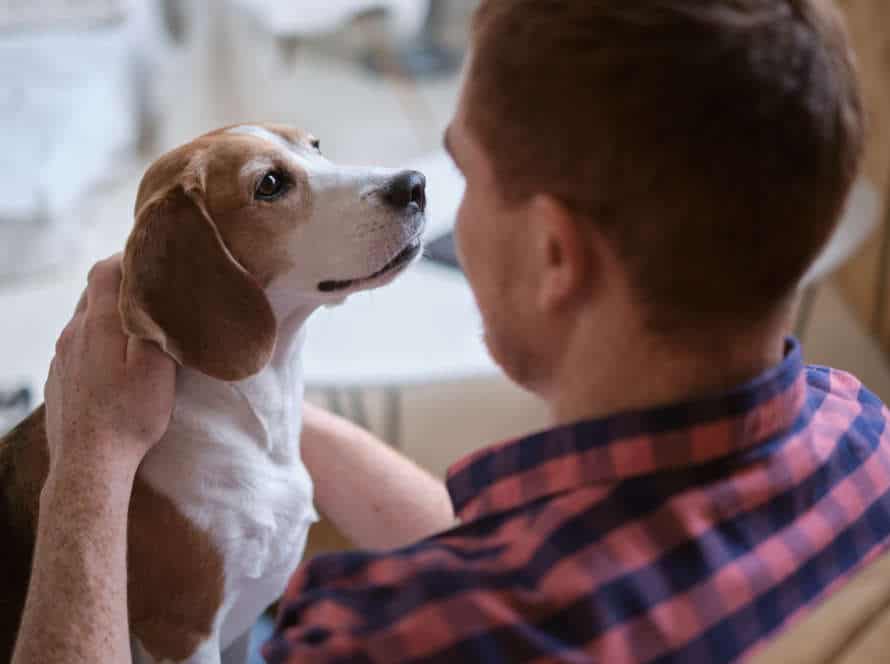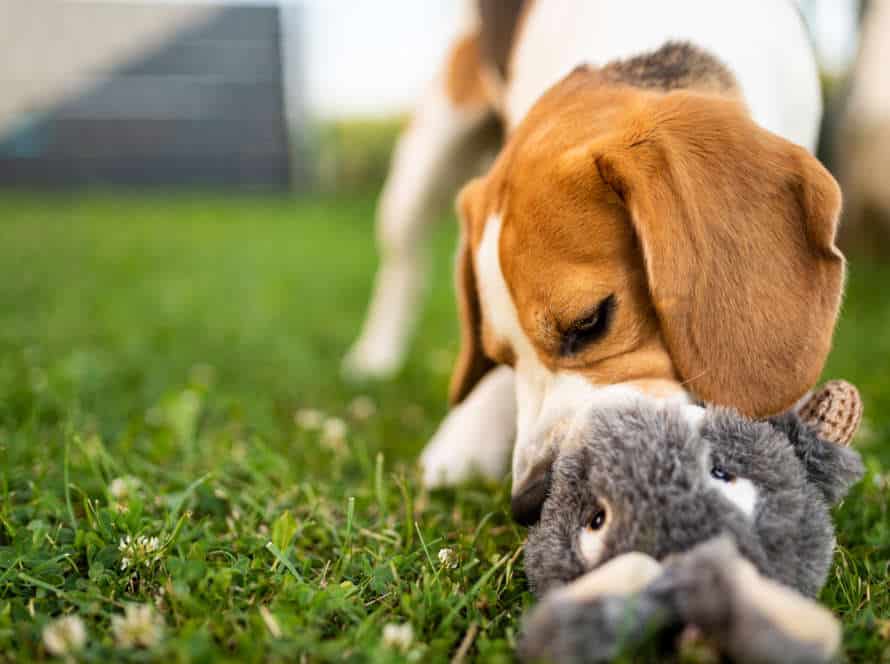Building Confidence in Your Dog to Prevent Anxiety
Want a healthier, happier pup? Build their confidence! Here’s how:
- Socialize: Make sure your pooch gets to meet other dogs and people. This’ll help them feel comfy no matter the environment.
- Train: Obedience training helps create routine. This’ll give your doggo a sense of security and show them their place as a pet.
- Exercise & Play: Exercise and playtime reduce stress, keep them feeling good, and boost their confidence.
- Rewards: Praise and reward good behavior and success. This’ll make them more excited to learn and try new things.
Do all this and you’ll prevent anxiety and behavioral issues, so your pup can feel safe and secure.
Understanding Your Dog’s Personality
To give your pup confidence and minimize anxiety, it’s essential to get to know their unique personality. Learn your dog’s behavioural traits and how they react to various situations. This will help you support them better and build a happy and healthy home. Here are some ideas to find out and understand your dog’s personality:
Recognize the early signs of anxiety in your dog
Anxiety is a common issue for dogs. Recognize the early signs of anxiety in your furry pal before it gets worse! Signs may include:
- Pacing or restlessness
- Excessive barking/whining
- Shaking/trembling
- Aggressive/destructive behavior
- Loss of appetite/excessive thirst
- Excessive grooming/digging
Take note of what’s going on around your pup when you spot these signs. Building confidence with training, socializing and positive reinforcement can help prevent anxiety. Knowing your dog’s personality and how they react to different experiences will give them a better environment.
Pro tip: Seek assistance from a certified canine behaviorist if anxiety persists.
Gauge your dog’s confidence
A confident pup is a joyous one. Here’s how to gauge your furry friend’s self assurance:
- Gaze at their body language: Self assured dogs stand tall with their ears up and their tails high. They make direct eye contact but don’t stare or back away.
- Take on new challenges: Confident dogs are eager to explore novel places, objects and people. They don’t shrink away from unfamiliar scenarios.
- Manage stress: Confident dogs can deal with stressful situations without freaking out or showing signs of uneasiness. They remain composed and don’t lash out or freeze in horror.
If your pooch lacks assurance, try introducing small challenges slowly and reward every tiny success. This will help them gain trust in themselves and construct confidence over time.
Keep in mind, developing confidence in your dog requires patience and regularity. Stay positive and keep training sessions swift and enjoyable, and watch your doggie’s assurance blossom!
Pay attention to your dog’s body language
Grasping your pup’s body language is a major part of forming assurance in them and warding off nervousness. It is vital to watch your pup’s physical motions and behaviors to know what they are feeling and how to act in response to their needs.
These are some normal body language signs that pups show:
- Ears – Upright ears indicate alertness, whereas flattened ears signify fear or aggression.
- Tail – A swaying tail with a loose body shows joy, while a tall, stiff tail indicates command or aggression.
- Eyes – Widened pupils imply fervor or fear, while slow-blinking eyes suggest leisure and trust.
- Body posture – A tranquil body pose implies a still and pleasant state, while a strained body position signals uneasiness or pressure.
By taking notice of your pup’s body language cues, you can get a better grip on their character and conduct, assisting you in avoiding anxiety and fostering confidence in them.
Exercises to Build Confidence in Your Dog
Making your dog confident is essential for their health and joy. Provide them with training and exercises to give them safety and assurance. Here are the top activities for increasing their self-belief and avoiding anxiousness:
Basic obedience training
Obedience training is vital to having a great bond with your pup. It sets boundaries, calms their nerves and promotes enjoyable experiences together.
To help ease your dog’s worries, there are various activities you can try:
- Desensitizing them to triggers like loud sounds or animals in a secure setting.
- Agility practice to strengthen their coordination and assurance.
- Teaching them interesting tricks such as ‘shake’ or ‘roll over’.
- Socializing them with new people, animals and places to feel at ease.
Every pooch is special, so make sure to frequently practice with them to create a satisfied lifestyle and boost their self-esteem.
Socialization with other dogs
Having socials with other pooches is key to giving your pup self-assurance and dodging nervousness. Here are a few activities to help your pup get the talents they require for confidently mingling with other dogs:
- Doggie playdates: Set up meets with other amiable, obedient dogs to give your pup the practice they need in a controlled atmosphere.
- Leash walking: Educate your pup to take a stroll on a leash in a pacified and confident way to keep worries away on strolls and when meeting other dogs.
- Positive reinforcement: Bribe your pup with treats and compliments for good behaviour around other dogs to help them gain trust and interact positively.
- Obedience training: Teach basic instructions like “sit“, “stay” and “come” to provide your pup with the abilities they need to manage social situations without fear.
Always supervise your pup while they are socializing with other doggies, and put an end to any upsetting interactions right away. With persistence and steady coaching, your pup will soon become a social butterfly.
Engage in fun activities with your dog
Having fun with your pup is a brilliant way to help them gain self-assurance and prevent stress. Here’s what you can do at home to make them more sure of themselves:
- Agility Training: Set up an obstacle course with low jumps, tunnels and weave poles. Cheer your pup on and reward them with treats and words of encouragement.
- Hide-and-Seek: Hide snacks or toys in the house or garden and watch as they search for them. Make it harder by hiding the items in more difficult places.
- Trick Training: Teach them new tricks like ‘shake’, ‘roll over’ or ‘high-five’. This will make them feel proud and build their confidence.
Always supervise your dog during these activities and never push them if they don’t feel comfortable.
Creating a Safe Environment for Your Dog
Creating a secure environment is key to helping your pup be confident. Fearful behaviors can increase in an unfamiliar place. It’s essential to create a place where your doggo feels secure. Here are some tips on how to do that:
Provide your dog with a cozy den
Creating a safe and secure environment for your pup is essential to helping them feel confident and reducing anxiety. To do this, follow these steps:
- Find a tranquil spot in your home, away from loud noises, distractions and places with lots of people.
- Find a snug crate or bed that your dog can move around in comfortably.
- Put a nice blanket or cushion in the bed.
- Have some familiar toys or chews nearby.
- Reward your pup when they go into the den on their own with treats and praise.
Providing your pooch with a cozy den will help them feel safe and secure, boosting their confidence and preventing anxiety.
Use calming aids for dogs
If your dog is feeling anxious or stressed, try using calming aids. These can help ease their symptoms and make them feel more confident.
Calming treats are one option. They contain natural ingredients like chamomile and valerian root which are known to be calming.
Anxiety vests are another. These give dogs a feeling of comfort and security, like getting a hug.
Essential oils such as lavender, chamomile, and bergamot can be used too. They provide a calming scent to anxious dogs.
CBD oil could also be an option. Talk to your vet first, though.
Lastly, creating a safe and positive environment for your pup can help prevent anxiety, and positive reinforcement training can have a positive impact in the long run.
Keep a consistent daily routine
Create a consistent daily routine for your pup; it’s key for their safety and confidence. Here’s how:
- Set fixed feeding and walking times which work for both of you, and stick to them.
- Make a sleeping area for your dog, like a bed or crate, and keep it cosy.
- Include play and exercise to keep your pup physically and mentally active.
Keeping routines consistent gives your dog a sense of security and familiarity, aiding to reduce anxiety and build a strong bond with you.
Addressing Underlying Issues
To give your anxious pup a confidence boost, you must tackle the underlying issues. This may include physical health, mental health, environment, or lifestyle. Pinpoint the root cause of their worry and address it! Doing so will help them feel more secure and manage tricky scenarios better.
Using positive reinforcement
Positive reinforcement is a great way to help your pup. Here’s how:
- Reward good behavior with praise and treats. If your dog follows a command or stays calm in a hectic environment, reward them!
- Create a structured routine. Dogs love structure and routine. Make one, and stick to it.
- Introduce new things gradually. Let your dog explore new people and places slowly. Start with easier situations and work up to more challenging ones.
- Allow your pup to make decisions. Give them a chance to problem-solve. For example, let them pick a toy or route for a walk.
Using positive reinforcement helps your dog feel secure and confident. This can help prevent anxiety and other issues.
Seeking professional help from a certified trainer or behaviorist
It is vital to get help from a certified dog trainer or behaviorist, to handle any deep-seated issues and strengthen your pup’s self-assurance to prevent uneasiness.
A professional can analyse your pup’s conduct, recognize triggers of stress, and make a tailored training program to tackle those triggers. Some popular techniques used by a pro could be positive reinforcement, counterconditioning, and desensitization. These approaches help to slowly introduce the dog to the source of the anxiety in a regulated and non-threatening atmosphere.
You must pick a reliable and certified trainer or behaviorist with knowledge in dealing with anxiousness issues in dogs. With professional help, you can guarantee the safety and wellbeing of your cute pet and make a stronger connection with them.
Addressing past trauma or negative experiences
Past traumas can cause a dog to become anxious and behave oddly. Working to address these issues and bolster their confidence can help prevent it. Here are some ideas to help your pup past trauma:
- Observe and consult with a vet/behaviorist to understand the source of the anxiety.
- Positively reward and praise to create a safe environment and build trust.
- Use desensitization and counter-conditioning to help your dog deal with triggers.
- Exercise and mental stimulation to reduce stress and boost well-being.
- Try natural remedies or meds prescribed by a vet for hard-to-treat cases.
With patience and consistency, your furry friend can learn to trust people and the world again.
Maintaining Your Dog’s Confidence
A confident pup can decrease anxiety greatly. It’s up to you, as the pack leader, to make a secure and caring atmosphere for your pet. Through positive reinforcement, being in charge, and keeping your dog’s brain busy, you can help develop your pet’s self-assurance and avert apprehensive behavior. Let us check out some advice on how to maintain your pup’s trust.
Regularly engage in confidence-building exercises
It’s vital to do confidence-building activities with your pup regularly, to ward off nervousness and guarantee their wellness. Here are 3 activities to attempt:
- Agility training: Instruct your dog on going through tunnels, jumps, or obstacles to increase their agility and assurance.
- Socialization: Help your pup feel comfy and self-assured in various settings by introducing them to new people and animals.
- Obedience training: Work on essential commands such as ‘sit’, ‘stay’ and ‘come’ to raise your pup’s trust in you and their capacity to follow your commands.
These activities not only reinforce your pup’s confidence, they also make the bond between you and your pooch even better! Pro tip – Always reward your pup for their progress and efforts to keep them motivated.
Follow positive reinforcement techniques consistently
Positive reinforcement can help your dog stay confident, avoiding anxiety and other behavior problems.
To make this work, be consistent! Here are some things you can do:
- Reward good behavior with treats or compliments.
- Use clicker training to reinforce good behavior.
- Make sure to give your dog enough exercise and mental stimulation.
- Be consistent in reinforcing basic obedience commands.
It is important to stay consistent with these techniques; inconsistent reinforcement can confuse your pup and affect their confidence. Consistency in positive reinforcement will help you build a strong bond with your pup that is full of happiness and health.
Keep an eye on your dog’s behavior and adjust as necessary
Dogs need confidence to live and survive in social settings. Thus, it’s very important for pet owners to pay attention to their pet’s behavior and make necessary changes.
To help build and maintain your dog’s self-assurance, try these tips:
- Socialization: Begin socializing your dog early. Let them explore new people, places, and experiences to reduce their anxiety and increase their assurance.
- Training: Consistent rules and obedience training are crucial to keeping a dog confident.
- Positive reinforcement: Reward them with treats and praises for good behavior. This will raise their self-esteem.
- Exercise: Not only will this keep them physically fit, but it also keeps them mentally active which helps build their confidence.
- Behavioral changes: Keep an eye on your dog’s behavior and adjust accordingly. Confidence could decrease due to emotional or physical issues, so address them immediately.
By following these methods, you can help your pup live a happier, healthier, and more confident life!
Frequently Asked Questions
1. How can I build my dog’s confidence?
Gradually expose your dog to different environments and situations, using positive reinforcement techniques to reward calm behavior. Consistent training and exercise can also help build confidence.
2. What are some signs of anxiety in dogs?
Dogs may display signs of anxiety such as shaking, panting, avoiding eye contact, excessive barking or whining, and destructive behavior.
3. Is it possible to prevent anxiety in dogs?
While some dogs may be more prone to anxiety, it is possible to prevent or reduce anxiety by providing a stable and predictable routine, providing plenty of exercise and mental stimulation, and using positive reinforcement techniques to build confidence.
4. Can medication help with anxiety in dogs?
In some cases, medication may be prescribed by a veterinarian to help manage anxiety in dogs. However, medication should not be the only solution and should be used in conjunction with behavior modification techniques.
5. How long does it take to build a dog’s confidence?
Building a dog’s confidence is a gradual process and it can take a few weeks or even months to see significant progress. Consistency and patience are key factors in building your dog’s confidence.
6. Can I use a professional trainer to help build my dog’s confidence?
Yes, a professional trainer can provide guidance and support in building your dog’s confidence. Look for a trainer who uses positive reinforcement techniques and has experience with anxiety in dogs.

